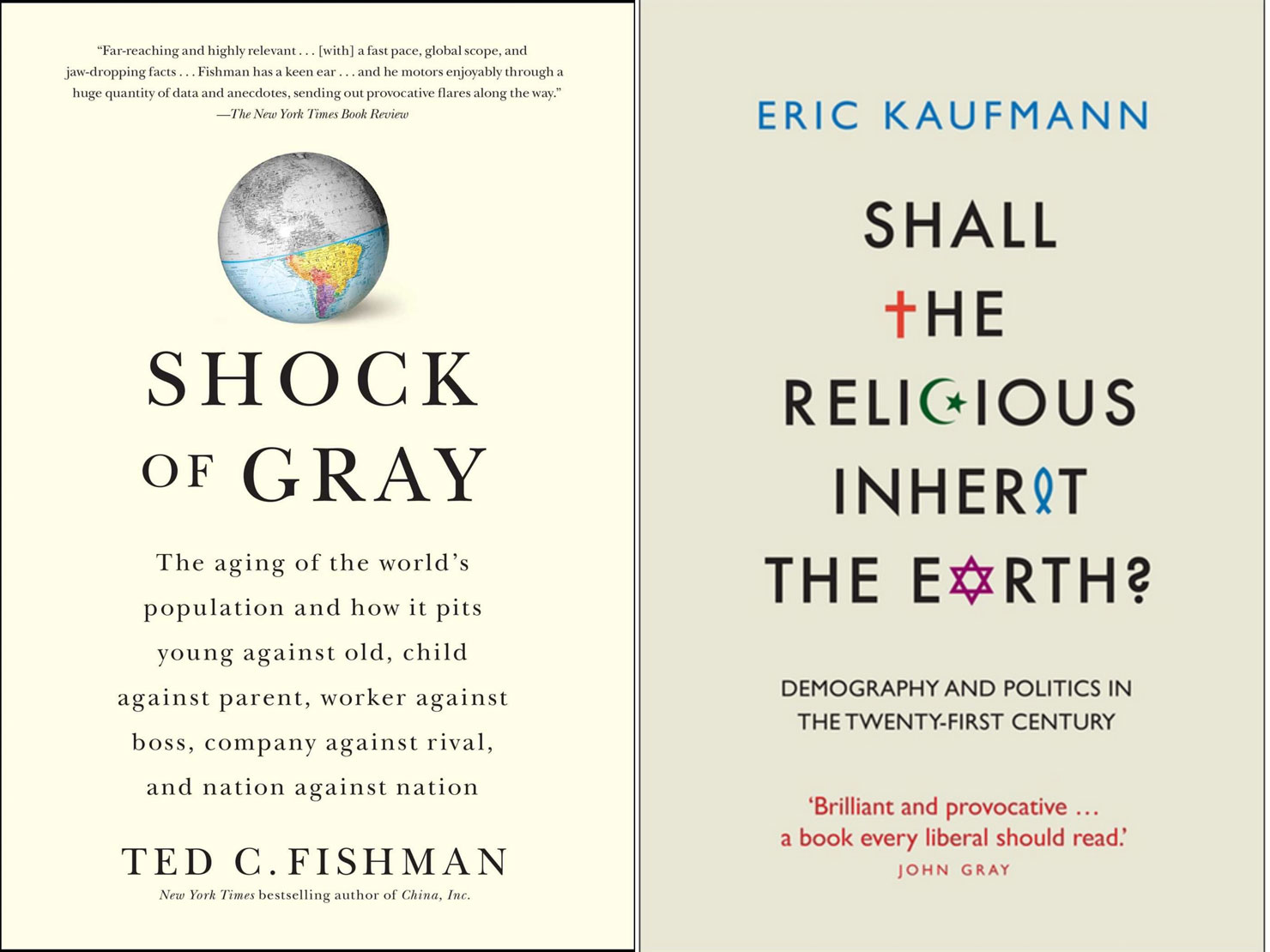Demographic Predictions
- Post by: Allan C. Carlson
- January 12, 2011
Shock of Gray: The Aging of the World’s Population and How It Pits Young against Old, Child against Parent, Worker against Boss, Company against Rival, and Nation against Nation Ted C. FishmanScribner, 2010; 416 pages, $27.50 Shall the Religious Inherit the Earth? Demography and Politics in the Twenty-First Century Eric KaufmannProfile Books (U.S. edition), 2011; 320 pages, $20.95 Is demography destiny? In the short and middle runs, not always. Yet in the long run, differences in the growth and/or contraction of different national, ethnic, and religious peoples drive great changes. Nearly 2,000 years ago, the Romans practiced abortion and contraception, allowed for easy divorce, and reared a preponderance of sons (due to female infanticide). Meanwhile, the new Christian movement—a mere handful of people in A.D. 40—strongly opposed abortion and infanticide, discouraged birth control and divorce, and attracted a high proportion of members who were women in their fertile years. Due in substantial part to their superior fertility and child-rearing practices, the Christians numbered 6 million by A.D. 325, and the empire—in effect—became theirs. In 1750, the people of Europe accounted for only 19 percent of the world’s population; by 1900, that figure had risen to 35 percent, a dramatic increase that provided the navies, armies, and settlers which by that year had brought most of the globe under European control. Two new books predict dramatic demographic change in the twenty-first century, on a scale at least as consequential as these earlier transformations. While they agree on several broad changes, though, they paint very different portraits of what the human world will be like in 2100. For this reviewer, moreover, both volumes strike fairly close to home. Ted C. Fishman’s Shock of Gray portrays a world getting “not just older, but old.” Part of the cause, to be sure, is plummeting birth rates in
Categories:

